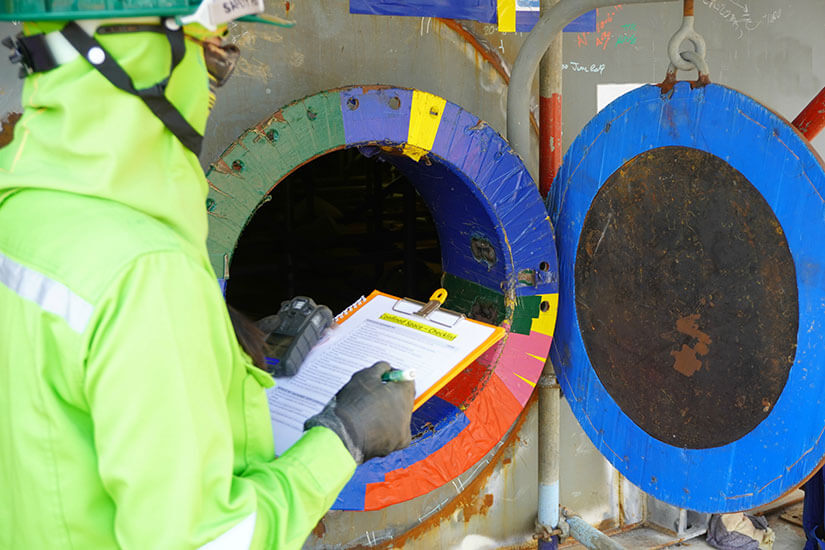What Are The Requirements For Confined Space Entry?
What Are The Requirements For Confined Space Entry?
August 4, 2022 |
Confined spaces are some of the toughest environments out there due to their physically demanding conditions and potentially toxic settings. For this reason, a series of important protocols and safety measures must be followed before any employee enters a confined area. Managers, support personnel, and entry workers of response teams need to be very familiar with these five key requirements for confined space entry. Read on to learn more.
Key Duties of Managers Prior to Entry
When it concerns operating in confined spaces, managers must identify all potential dangers, evaluate the risks they pose, establish protocols, and take all precautions required to safeguard the workers. These variables will be determined by the confined space’s environment, the necessary supplies and instruments to be employed, essential equipment like gas detectors, plus the required personal protective equipment like respiratory gear, protective chemical suits, goggles, and boots. Additionally, managers are responsible for ensuring that workers are qualified in terms of having suitable training and proficiency with specialized equipment, as well as their physical and mental health.
Rescue and Emergency Preparations
In preparation for potential emergency rescues, managers must select the best emergency response team as well as outline the critical procedures for an emergency plan prior to entry. Rescue procedures should be regularly rehearsed to continually ensure high levels of expertise. Safe entry and exit must be ensured, which means that from the moment a person enters the confined area, proper fall prevention gear must be employed.
Regular and Meticulous Equipment Inspection
All emergency rescue equipment and tools needed for confined space entry like harnesses, hoists, rings, and carabiners, must adhere to global safety standards such as those set by the American National Standards Institute (ANSI). Man-riding hoists and fall protection gear must be inspected and tested bi-annually. Documentation of the equipment inspections indicating any faults or repairs must be stored for at least five years. Equipment should be discarded immediately if they sustain significant damage.
Proper Specialized Training
Numerous organizations provide training by certified government awarding authorities. Even so, many businesses would benefit more from receiving personalized internal training that is pertinent to their particular industry. This would enable the training to include precise risk analysis, hazard detection, implementation safety, emergency readiness, and development of effective communication policies. Workers responsible for emergency situations will require further specialized emergency rescue training.
Safe Entry Framework and Practices
Before sending any personnel in, check to ensure that a safety framework has been established and met. The risk assessment will reveal what safety measures are required. Determining a necessary precaution is one thing; but its implementation is quite another and requires expert training, constant evaluations, and effective communications. This checklist will help in setting up a comprehensive framework for safe work systems and practices:
- Designate a supervisor
- Assess the suitability of workers
- Check the dimensions of the entryway opening
- Clean the area before entering
- Isolate electrical and mechanical hazards
- Ensure proper ventilation
- Provide breathing apparatus
- Continuously monitor the atmosphere for gases
- Use non-sparking equipment and lower-voltage lights
Adhering to a safe entry framework and best practices will aid in mitigating the dangers of confined space entry.
